10 Gluten-Free Carbs (Breakfast, Lunch, & Dinner)
Whether you’re new to a gluten-free diet or cooking for someone who is gluten-free, you’ll find this list of Gluten-Free Carbs helpful. Learn which carbohydrate-rich foods you can eat including vegetables, fruits, legumes, potatoes, rice, quinoa, corn, millet, amaranth, and certified gluten-free pastas and breads. I’ve also included ideas for gluten-free carbs at breakfast, lunch and dinner!
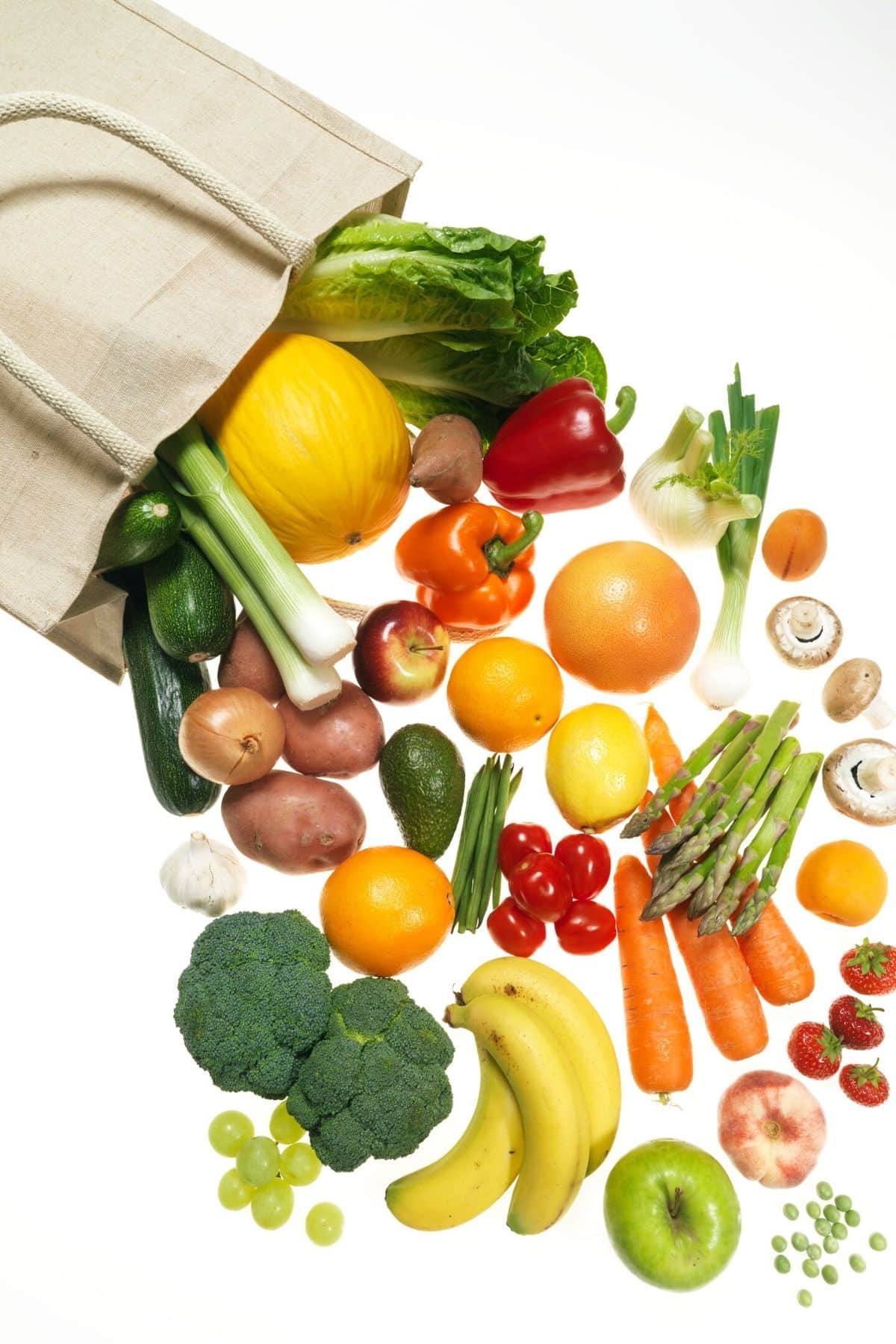
Gluten-Free Carbs List
Here are some gluten-free carbohydrate foods to add to your diet.
Scroll or click to get more information including recipes!
Gluten-Free Carbohydrate Sources
Whether you’re new to eating a gluten-free diet or you’re looking to eat a less processed diet, here are some of the best gluten-free carbs to include, especially for those who do not need to follow a low carb diet.
I also have other great resources including the best gluten-free breakfast recipes, gluten-free grocery list, and alternatives to bread.
1. Starchy Vegetables
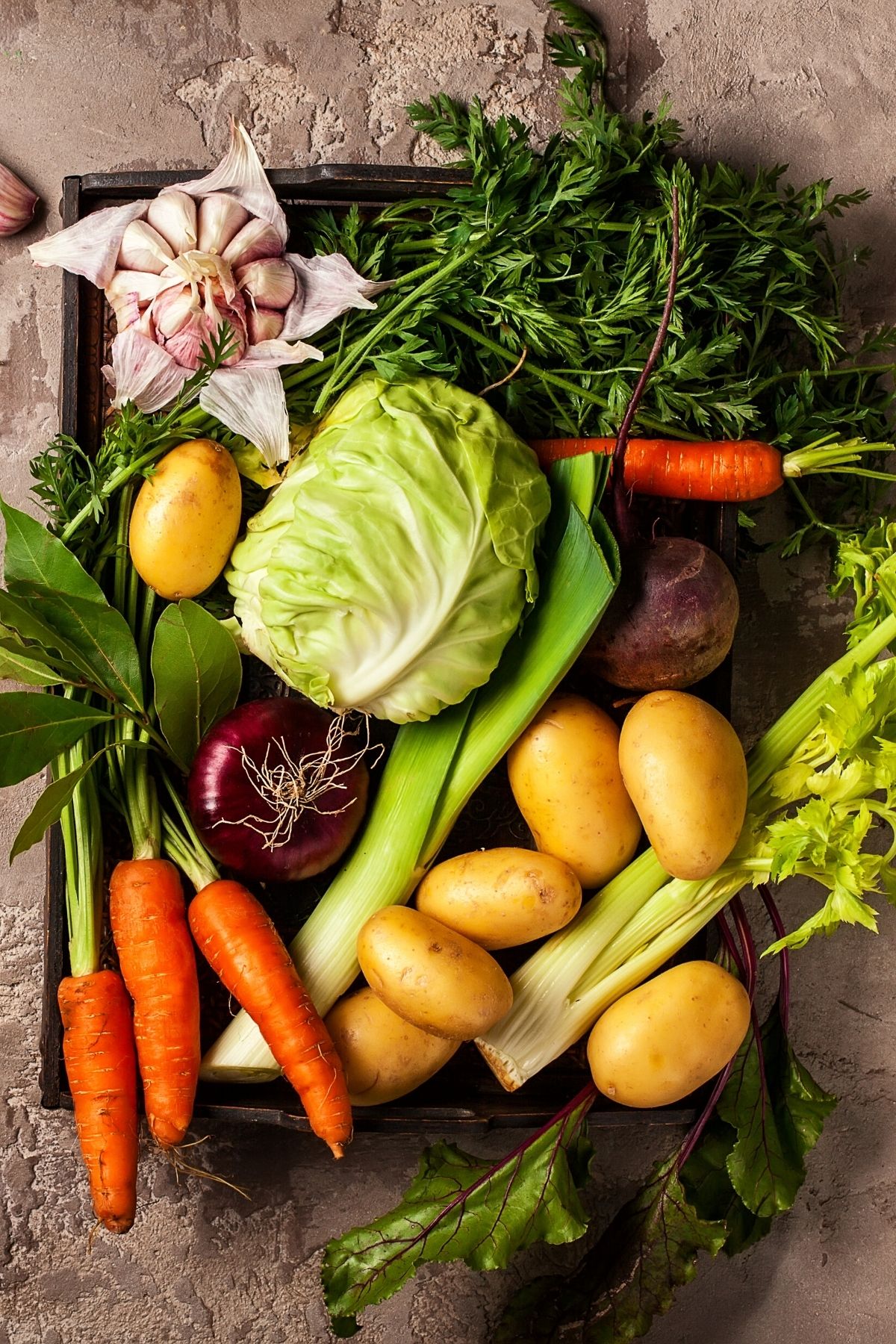
Starchy vegetables are rich in complex carbohydrates – long links of sugar molecules that you digest very slowly. As a result, you feel full after consuming them, and stay full for longer.
Starchy vegetables provide a wide spectrum of vitamins and minerals too, plus plenty of fiber to aid digestion.
Good vegetables to try include:
- yams,
- butternut squash,
- acorn squash,
- pumpkin,
- turnips,
- parsnips,
- rutabaga,
- beets,
- carrots,
- and peas.
If you don’t like vegetables, be sure to check out my list of the best vegetables for picky eaters.
I also have a guide on how to cook vegetables to make them taste good.
2. Fruits
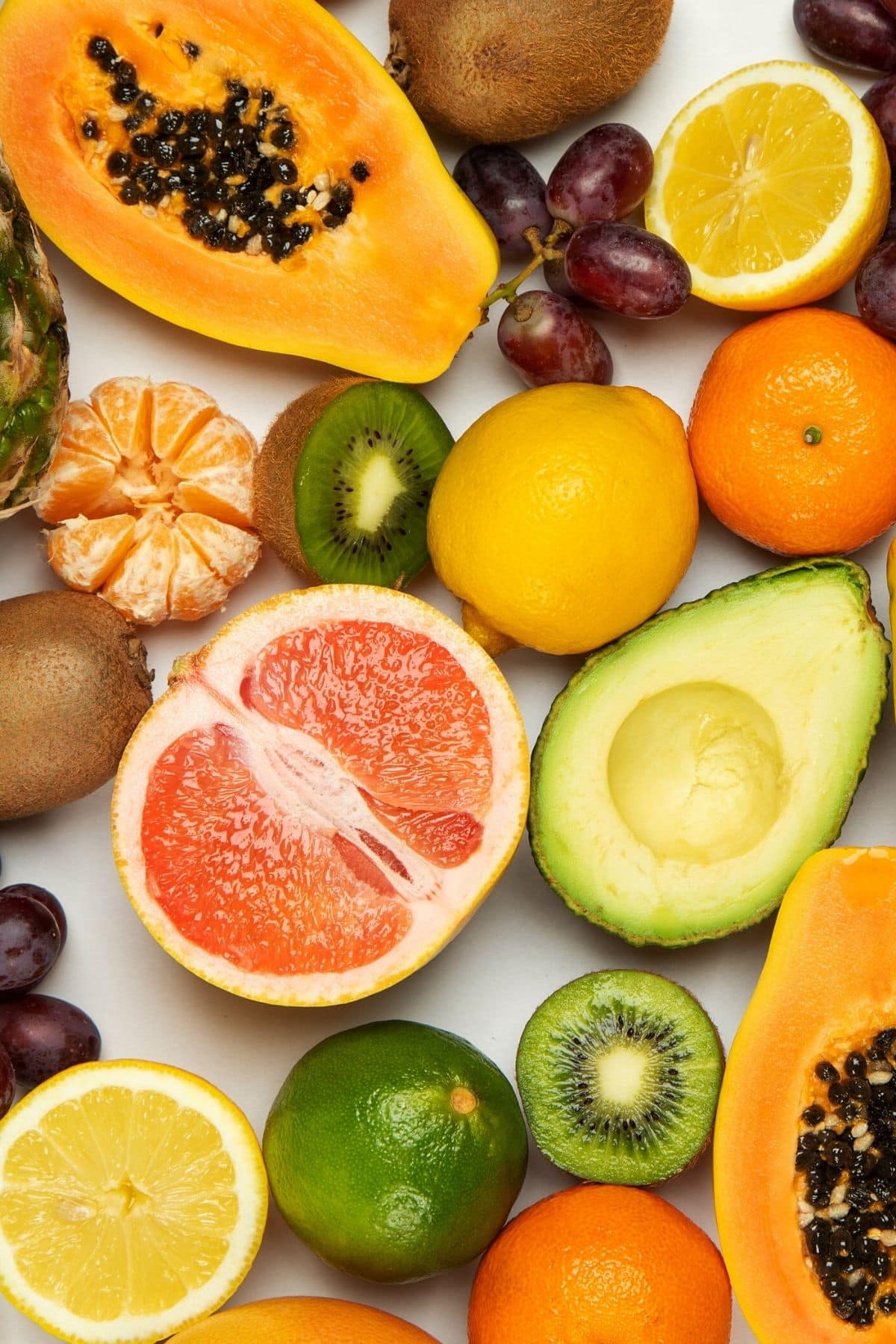
It may not surprise you to find that all fresh fruits are naturally gluten-free, but you might not have realized just how high in carbohydrates some fruits are.
The carbohydrates found in fruits are also known as complex carbohydrates, which means they include fiber which helps your body break down the carbs slower.
Some of the best fruit sources of carbohydrates include:
- bananas,
- cherries,
- grapes,
- pineapple,
- apples,
- pears,
- mangoes,
- kiwi,
- dates,
- figs,
- dried fruits like raisins,
- fruit juices,
- and summer fruit smoothies.
With any fruit that has been processed (including dried fruits), be sure to check the packaging carefully to make sure there is no warning about gluten cross-contamination.
You may also want to see my list of the healthy juice recipes and the clean eating smoothie recipes.
3. Legumes
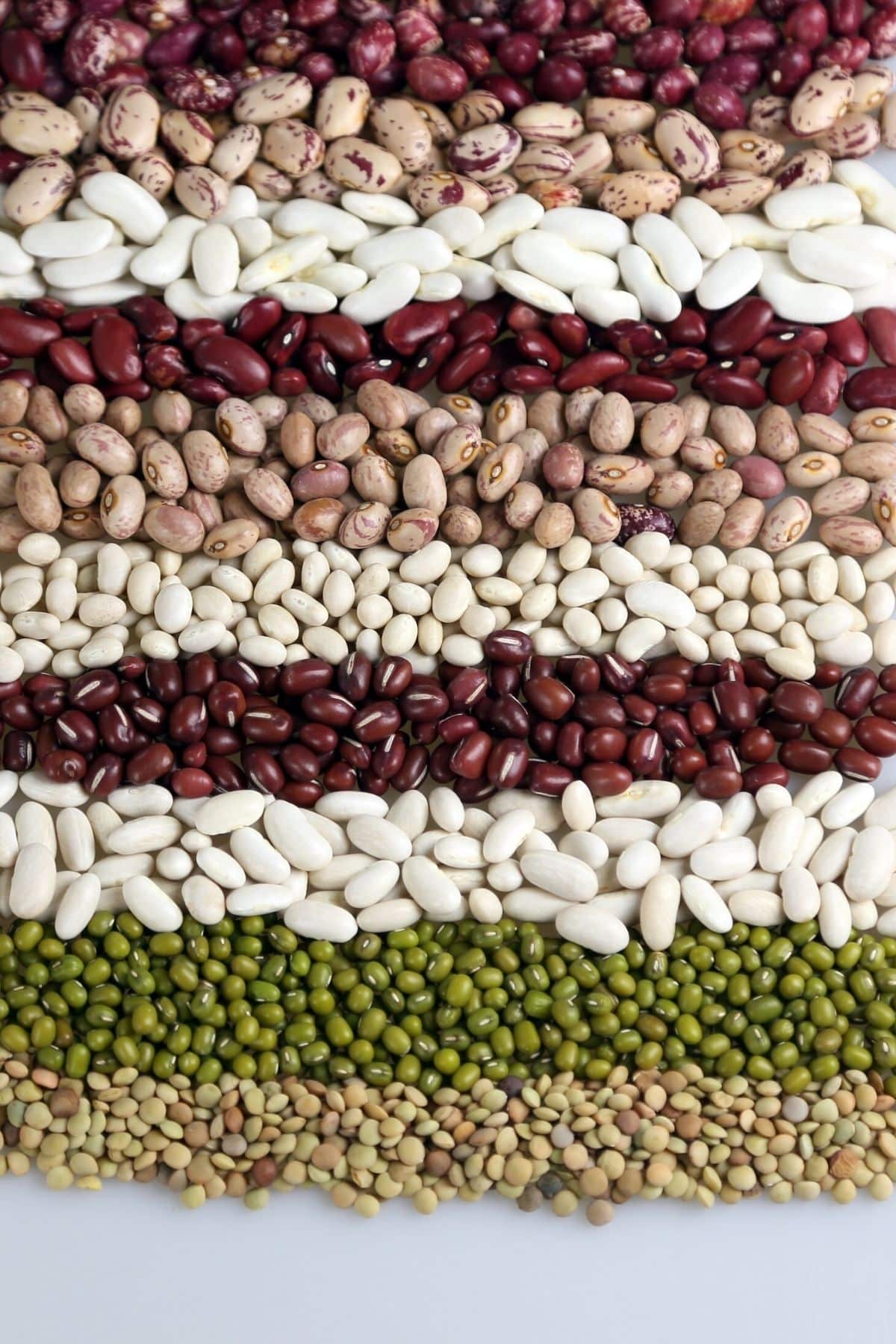
Rich in complex carbohydrates, most legumes are also great sources of plant protein! They are also low in fat and high in iron, making them a healthy addition to any diet.
All legumes are naturally gluten-free, although some packaging – particularly for lentils – may display a warning about cross-contamination for gluten. The risk is still very low, although you may prefer to wash them to be on the safe side, or opt for cooked, canned legumes instead.
The family of legumes is wide and varied, so you have plenty of options to choose from!
Here is a list of legumes that are rich in carbohydrates:
- Lentils
- Chickpeas (Garbanzo beans)
- Black beans
- Kidney beans
- Pinto beans
- Navy beans
- Great Northern beans
- Cannellini beans
- Green peas
- Adzuki beans
- Lima beans
- Mung beans
- Fava beans
See my recipes for Instant Pot Lentils or Slow Cooker Chicken Stew with Lentils.
4. Potatoes
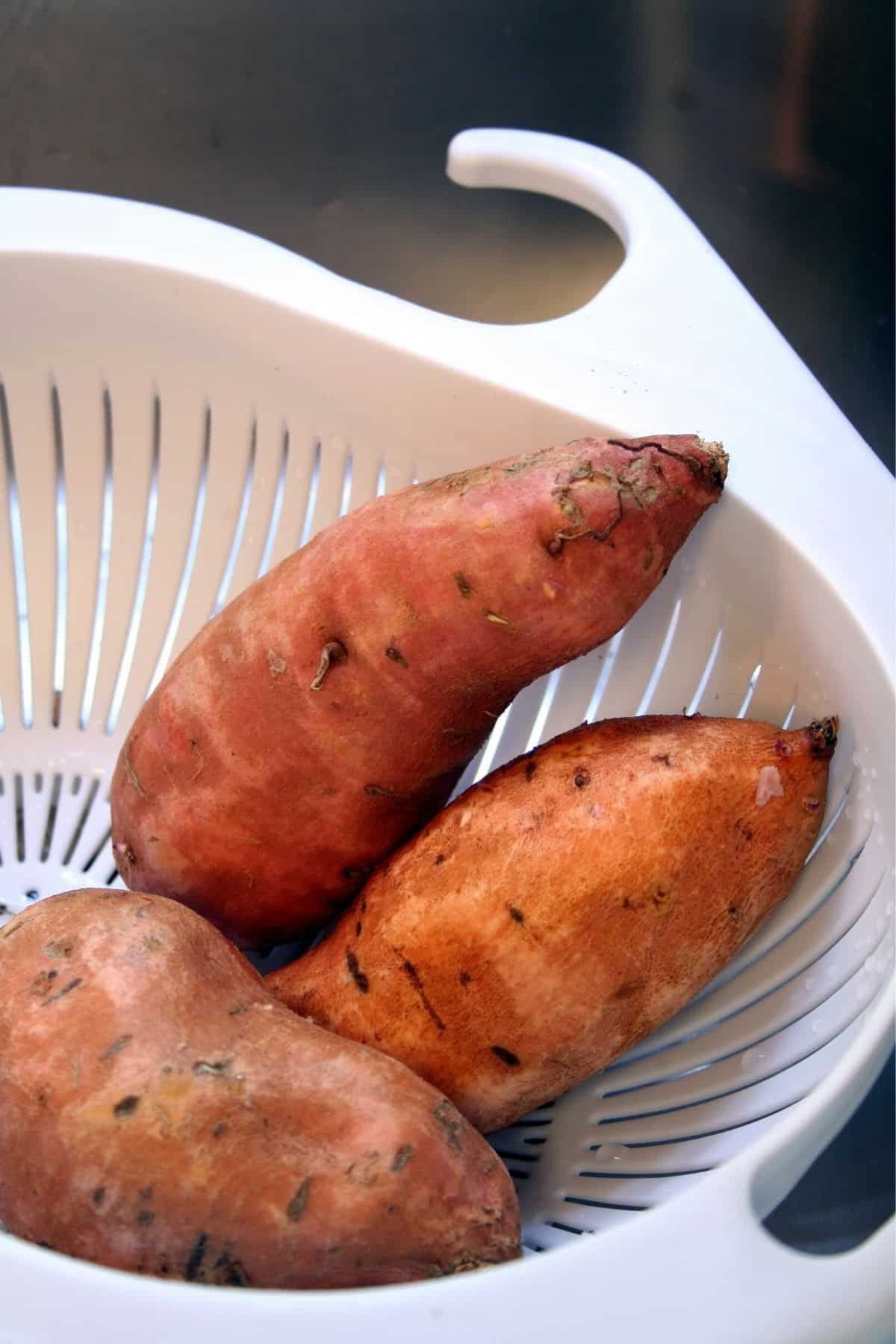
Both white and sweet potatoes are great sources of complex carbs (starches), providing you with plenty of energy, lots of nutrients, and keeping you full.
In order to be sure potatoes are completely gluten-free, you need to eat them in their natural form.
If you choose a processed potato product, check for any cross-contamination warnings on the packaging – and if you order potatoes at a restaurant, be sure to let your server know that you need to avoid gluten.
Potato is also used to produce potato flour, which is made from the ground roots. You will often see it listed in gluten-free flour blends because it keeps baked goods moist. It’s also good for thickening sauces.
See my healthy potato recipes including Whole30 Mashed Potatoes, Potato Fritters, Instant Pot Mashed Sweet Potatoes, Japanese Sweet Potato Fries, and How to Freeze Sweet Potatoes.
5. Rice
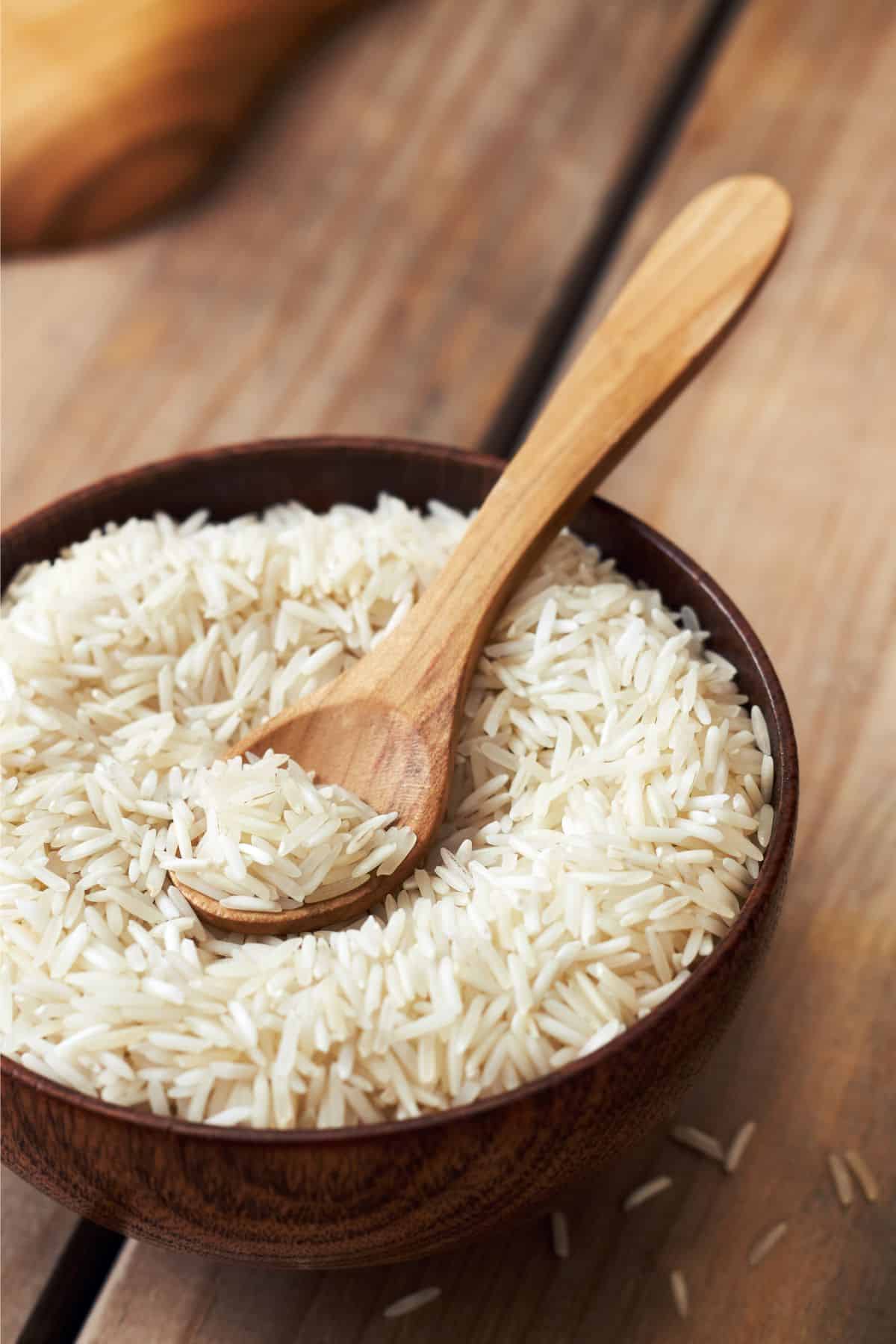
All natural forms of rice – whether white, wild or brown – are free from gluten and make a satisfying accompaniment to your main meal.
But you need to take care with some rice dishes, as they will often be mixed with other gluten-containing ingredients. These include things like pre-seasoned rice packages and rice pilaf, which often contains a type of wheat pasta called orzo.
Here is a list of gluten-free rice options in their whole form:
- White rice (including long grain, short grain, and jasmine)
- Brown rice (including long grain and short grain)
- Basmati rice (both white and brown varieties)
- Wild rice
- Black rice (also known as forbidden rice)
- Red rice
- Glutinous rice (also known as sticky rice, despite the name, it is gluten-free)
- Jasmine rice
- Sushi rice
See some of my popular gluten-free rice recipes including Instant Pot Chicken Rice Soup, Indian Yellow Rice, and Rice Flour Pancakes.
I’m also partial to my recipe for how to cook yellow rice in a pressure cooker which is so easy!
6. Quinoa
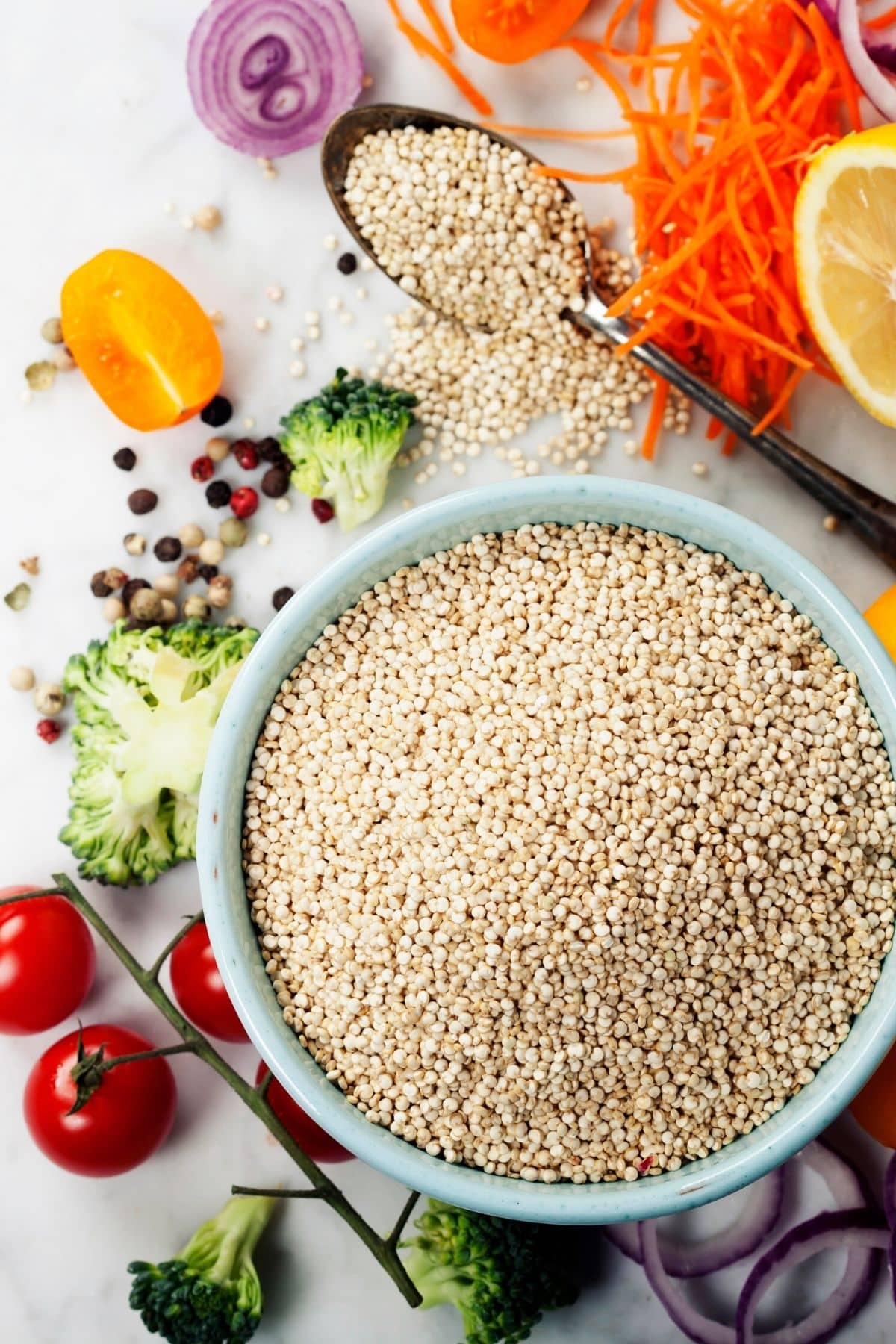
Pronounced “keen-wah”, quinoa is often described as a grain but is actually a seed.
Nutritionally dense, it is high in protein and provides all the amino acids our bodies need, along with lots of fiber, calcium, and iron.
Even better news is that recent studies have suggested that patients with celiac disease can actually improve on a diet containing quinoa.
Frequently referred to as a superfood, quinoa is very versatile. It has a nutty flavor and is great served simply as a side dish, or can be cooked with milk and mixed with berries to serve as a delicious breakfast or dessert.
If you are following a vegetarian diet, you can even combine cooked quinoa with binders and seasonings to create meat-free patties.
You can also buy quinoa flour to make gluten-free bread, muffins, pancakes, etc, or look for quinoa chips and crispbreads.
Other similar “pseudo grains” like buckwheat and wild rice can also be excellent sources of gluten-free carbohydrates. My buckwheat bread recipe is very popular!
See my recipes for Copycat Costco Quinoa Salad or Instant Pot Quinoa.
7. Corn
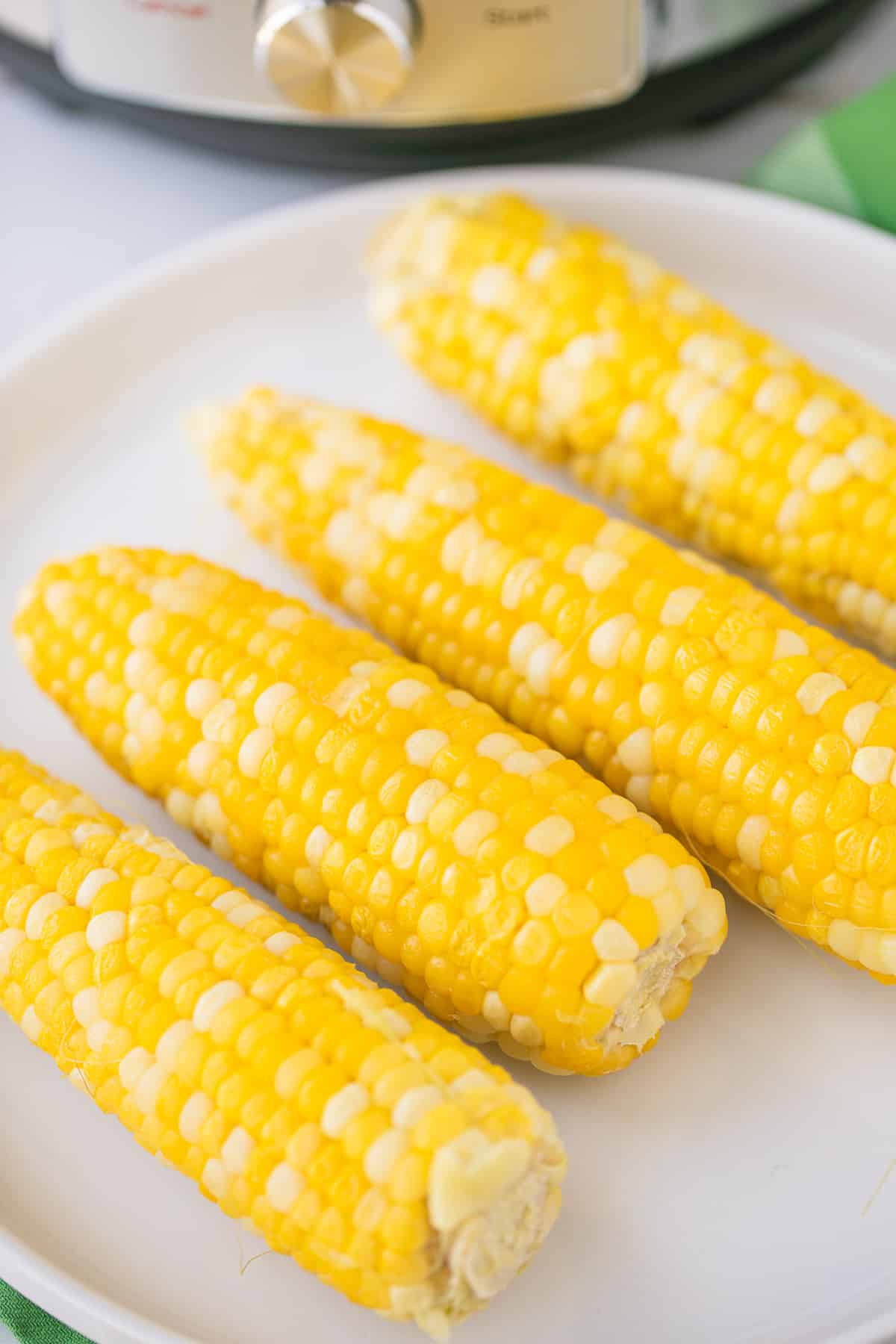
Some people refer to corn as a grain, others a starchy vegetable. Either way, it is a great source of complex carbohydrates and another versatile gluten-free food that you should be able to safely enjoy in its natural form.
While an ear of corn on the cob makes a tasty and satisfying side dish, there are other ways you can use corn within a gluten-free diet.
Cornstarch is made by grinding up the starchy part of the kernel and is ideal for thickening sauces and stews. You can also use corn flour and cornmeal in your recipes (although you should check the packaging for cross-contamination warnings).
Popcorn makes a great gluten-free, carbohydrate-rich snack, but if you haven’t prepared it yourself, you will need to check the ingredients carefully to make sure none of the additives or flavorings contain gluten.
See my recipes for Instant Pot Corn, Gluten-Free Cornbread, and Dairy-Free Corn Casserole.
8. Millet
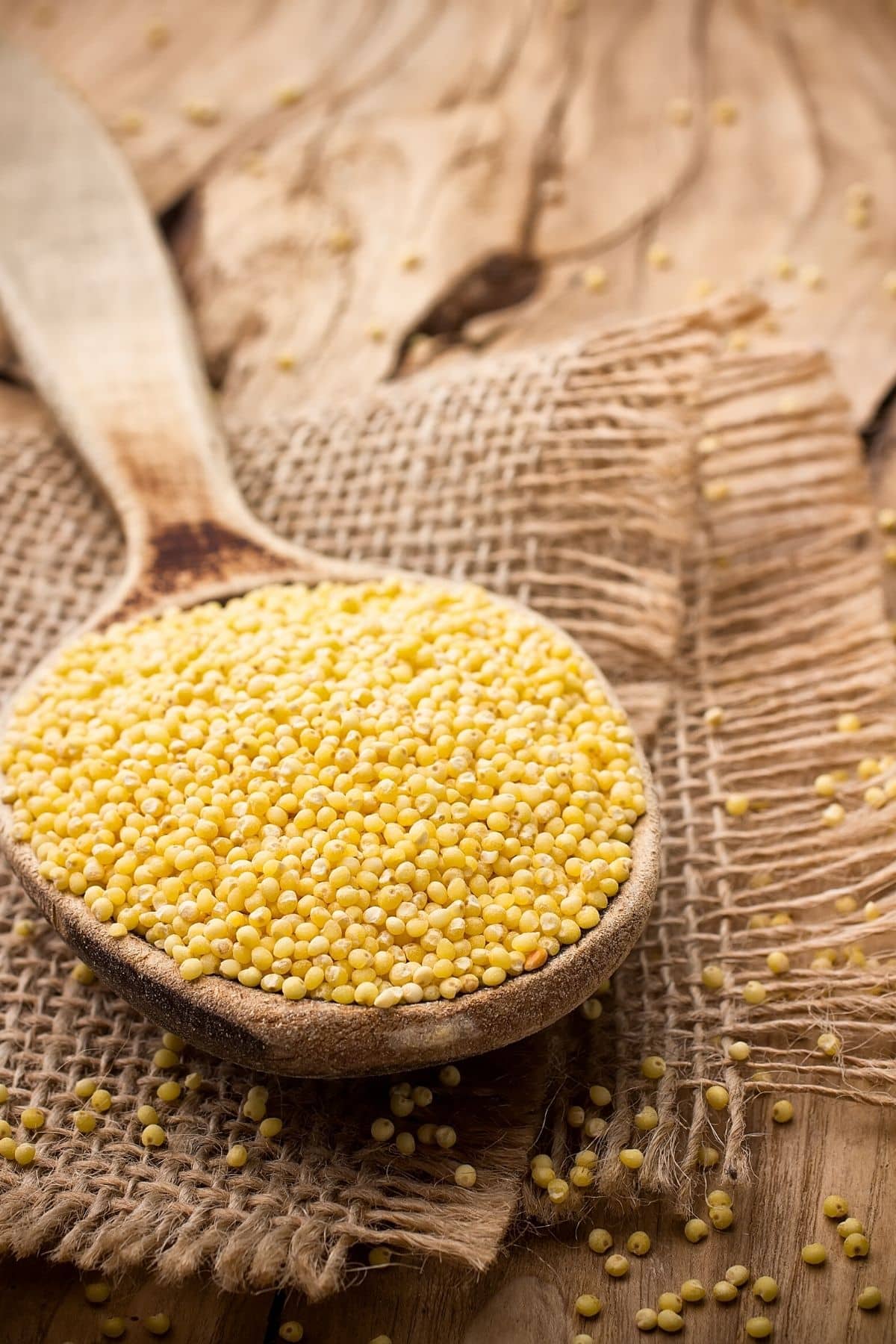
Millet seed is classified as a whole grain and can be served just like quinoa or rice.
It has a sweet flavor – a little bit like corn – and a fluffy texture when it’s cooked, which usually involves boiling it with twice its volume of liquid. Toasting it before cooking gives it a nutty taste which many people find even more delicious!
Millet can be used to make breakfast porridge, especially if you increase the cooking time along with the amount of water you use when cooking it. Alternatively, you can add it to soups and stews to make them more substantial.
For a simple snack, try popping millet just like popcorn. To do this, just heat it in a dry frying pan – the grains don’t jump into the air in the same way that popcorn kernels do, so you won’t even need to cover the pan.
9. Amaranth
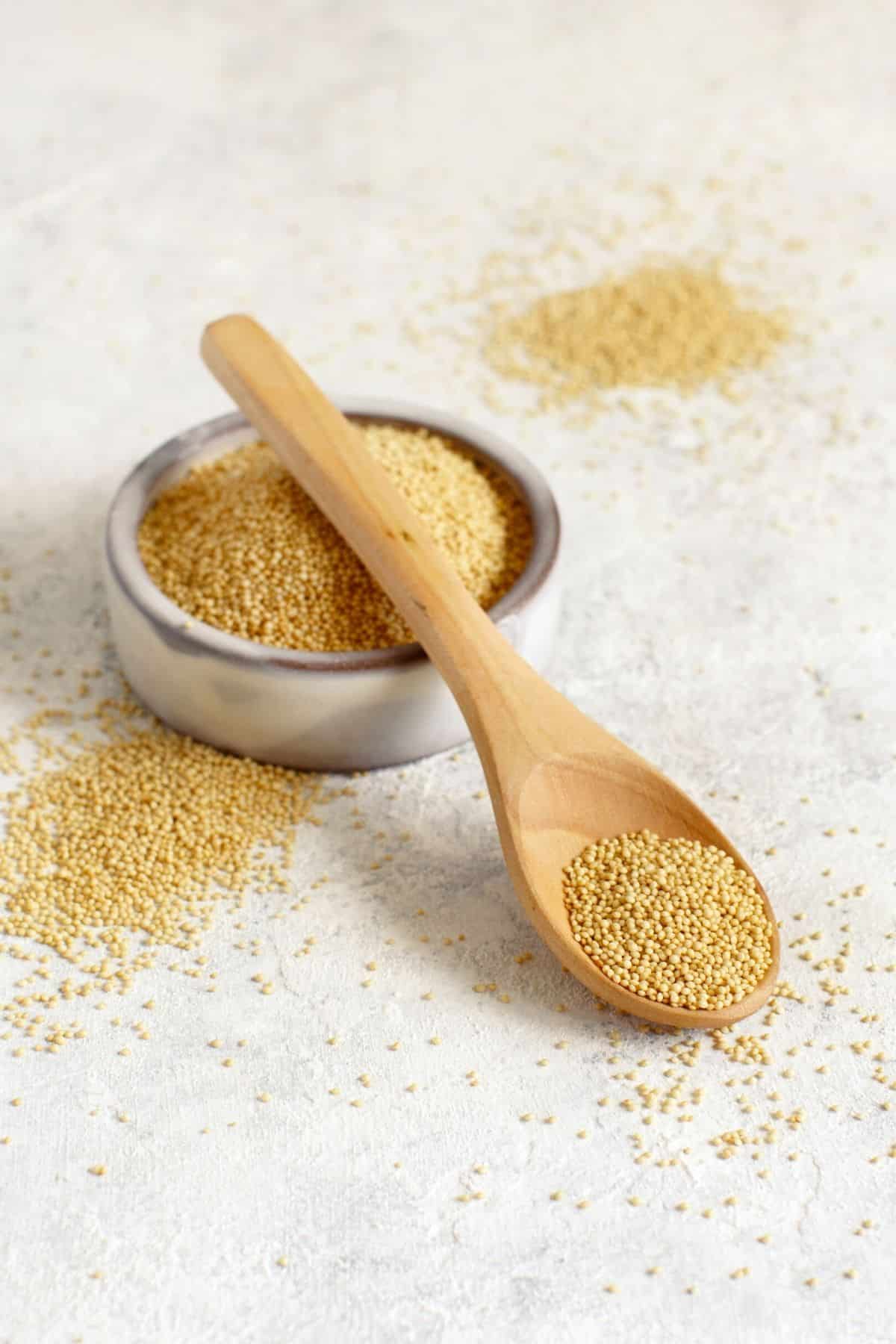
Rich in minerals and high in fiber, amaranth seeds absorb water very easily. This makes them perfect for providing extra bulk to soups and casseroles, or for thickening sauces.
You can also use amaranth to make a breakfast porridge, as the consistency when cooked is ideal.
Because of amaranth’s tendency to turn mushy when cooked, however, it’s not as good as other grains or seeds for serving alone as a side dish. If you want to cook some to eat with a meal, your best option is to mix a small amount with another grain. And – just as with millet – amaranth seeds can be popped in a dry pan.
Amaranth flour is not ideal for your gluten-free baking recipes because it stops bread from rising and makes other baked goods seem heavy and dense. If you want to cook with amaranth flour, it is best mixed with other gluten-free flour blends.
See my recipe for Instant Pot Amaranth Porridge.
10. Gluten-free pastas or bread
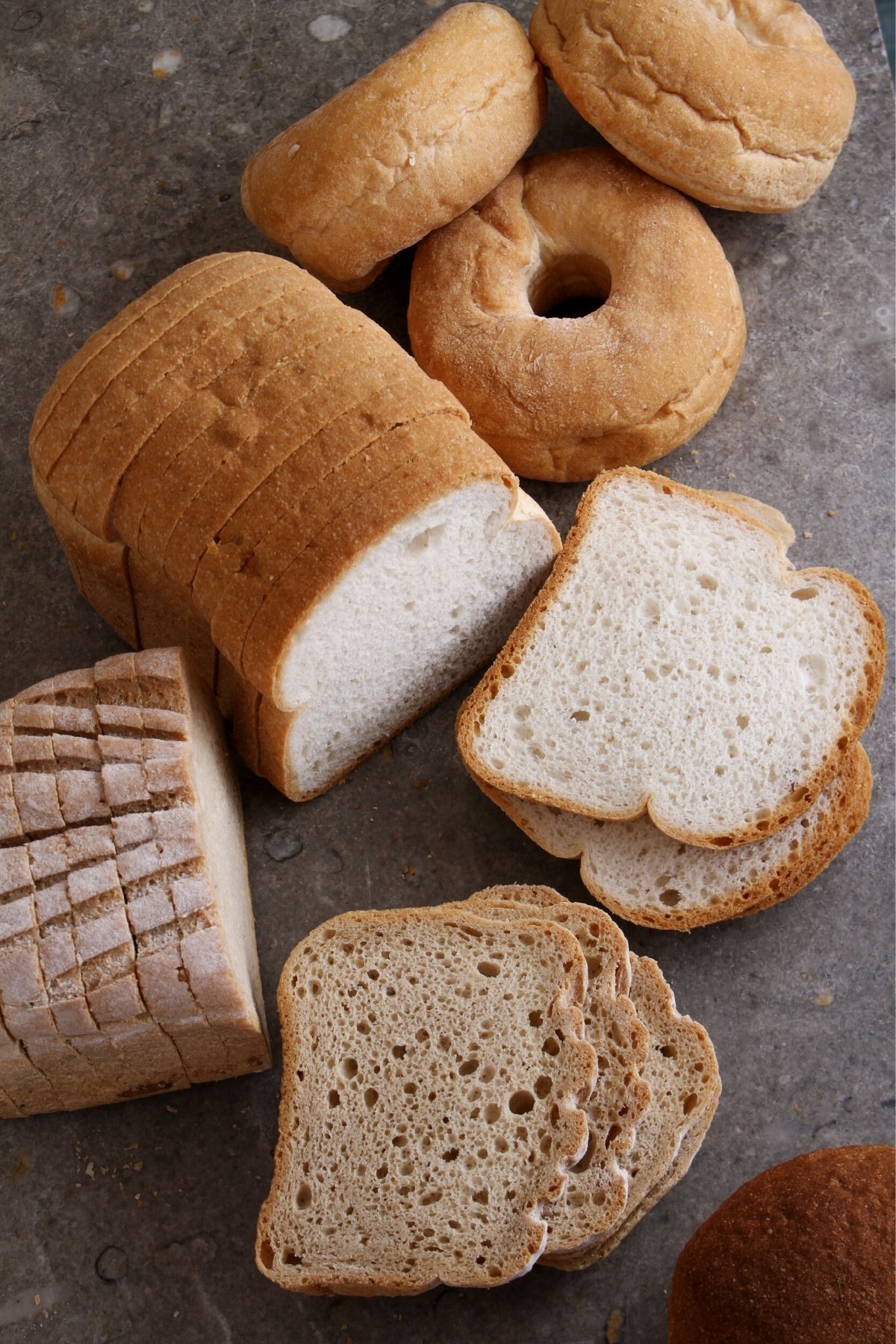
Going gluten-free doesn’t mean giving up bread and pasta altogether!
In fact, there are so many people seeking gluten-free alternatives to these foods that there are plenty of excellent products to choose from.
Check out the gluten-free section in your grocery store for pasta made with grains such as rice or quinoa, noodles made with buckwheat, bread made with non-wheat flour, and lots more options.
You may also want to read my articles on the best gluten-free pastas.
Or, see my recipes for Dairy-Free Pesto Pasta, Gluten-Free Pasta Salad, Healthy Tuna Pasta Salad, or my copycat version of the Cheesecake Factory Tomato Basil Pasta.
Gluten & Carbohydrates
Some people rely on gluten-containing foods like breads as their main sources of carbohydrates.
If you have been advised to follow a gluten-free diet with only gluten-free foods, your initial worry may be how you will be able to consume enough carbohydrates going forward.
Carbohydrates are an essential part of the diet and the body’s main source of energy. They provide fuel for your body’s organs and help with other processes too – for example, fiber is a carbohydrate that helps you digest your food and feel satisfied after a meal.
But, the good news is that there are lots more foods besides bread and pasta to supply your body with the carbohydrates it needs to stay healthy and to help you stay satisfied and energized.
Gluten-Free Carbs at Mealtimes
Here are ideas for incorporating gluten-free carbohydrate sources into breakfast, lunch, and dinner.
These ideas balance complex carbs with essential nutrients to support sustained energy throughout the day.
Breakfast
- Sweet Potato Toast: Thinly slice sweet potatoes, toast, and top with avocado, eggs, or almond butter and bananas.
- Quinoa Breakfast Bowl: Cook quinoa with almond milk and cinnamon, then top with berries, nuts, and a drizzle of honey.
- Oatmeal (Certified Gluten-Free): Prepare with chia seeds and flaxseeds for added fiber, and add fresh fruit, nuts, or maple syrup. Or, try my Overnight Protein Oats recipe.
- Breakfast Hash: Combine roasted sweet potatoes, zucchini, and onions with scrambled eggs or turkey sausage. I also like making a sweet potato apple hash.
- Buckwheat Pancakes: Use buckwheat flour for pancakes, paired with fresh fruit or nut butter. You can also try Rice Flour Pancakes which are gluten-free.
Lunch
- Quinoa Salad: Combine cooked quinoa with spinach, cucumber, cherry tomatoes, feta (optional), and a lemon vinaigrette. Or, try my Costco Quinoa Salad recipe.
- Stuffed Bell Peppers: Fill peppers with a mix of rice, black beans, and spices, then bake until tender.
- Gluten-Free Wraps: Use gluten-free tortillas with hummus, roasted veggies, and grilled chicken. I love making this Gluten-Free Honey Mustard Chicken Wrap!
- Lentil Soup: Pair hearty lentil soup with a side of gluten-free crackers or a slice of gluten-free bread.
- Sushi Bowls: Use brown rice or sushi rice as the base, topped with avocado, cucumber, shredded carrots, and your choice of protein.
Dinner
- Spaghetti Squash Pasta: Toss roasted spaghetti squash with marinara, ground turkey, or sautéed mushrooms.
- Brown Rice Stir-Fry: Stir-fry brown rice with vegetables, tofu or chicken, and gluten-free tamari sauce.
- Polenta with Ratatouille: Serve creamy polenta with a vegetable-rich ratatouille or tomato-based sauce.
- Stuffed Sweet Potatoes: Roast whole sweet potatoes and stuff with black beans, salsa, and guacamole.
- Gluten-Free Pizza: Make a crust using cauliflower, chickpea flour, or almond flour, and top with veggies and your favorite gluten-free toppings. I’m a big fan of this grain-free cassava pizza too!
FAQs
Try any of the gluten-free grains and gluten-free foods listed above including vegetables, fruits, legumes, potatoes, rice, quinoa, corn, millet, amaranth, and certified gluten-free pastas and breads
Not necessarily. Gluten-free grains like rice, quinoa, and millet can have similar carbohydrate content to wheat. The key difference is that they do not contain gluten, making them safe for those with celiac disease or gluten intolerance.
High-carb gluten-free snacks include rice cakes, popcorn, gluten-free granola bars, fruit, gluten-free crackers, and gluten-free pretzels. You can also enjoy starchy vegetables like sweet potato fries or roasted chickpeas for a satisfying snack. See my full list of the best gluten-free dairy-free snacks.
Yes, there are several gluten-free flours high in carbohydrates, including rice flour, tapioca flour, potato flour, and cornstarch. These flours are often used in gluten-free baking and cooking to replace wheat flour and the gluten proteins.
Yes, it is possible to follow a low-carb, gluten-free diet by focusing on non-starchy vegetables, proteins, healthy fats, and low-carb gluten-free grains like flax seeds and chia seeds. Avoiding high-carb foods and simple carbohydrates that may increase your blood sugar like rice, potatoes, and gluten-free baked goods can help you maintain a low-carb intake. You may also wish to avoid alcoholic beverages that contain added sugars. See my list of no-sugar foods.
Don’t Miss These Gluten-Free Resources!
Conclusions
Although it may seem daunting at first, switching to gluten-free carbohydrate sources can actually be a positive thing. Many of us are stuck in the rut of eating wheat-based breads and pastas and have never explored any other possibilities. But there are many foods we can enjoy instead, all of which are delicious and most of which are incredibly rich sources of vitamins and minerals too.
Don’t forget to join my newsletter list to get exclusive clean eating recipes and tips. The newsletter is 100% free with no spam; unsubscribe anytime.
About the Author: Carrie Forrest has a master’s degree in public health with a specialty in nutrition and is a certified holistic nutritionist. She is a top wellness and food blogger with over 5 million annual visitors to her site. Carrie has an incredible story of recovery from chronic illness and is passionate about helping other women transform their health. Send her a message through her contact form.
Note: this post is for informational purposes only and is not intended as medical advice. Please consult your healthcare provider for recommendations related to your individual situation.


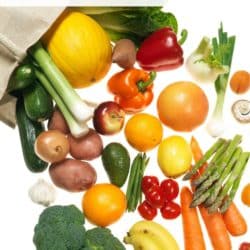
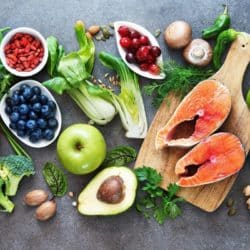

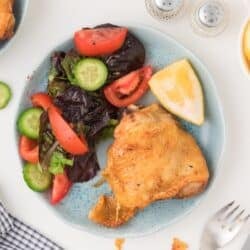



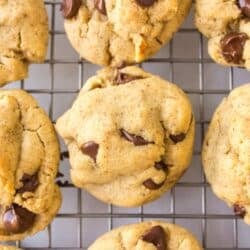
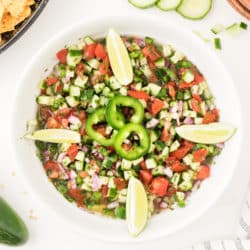
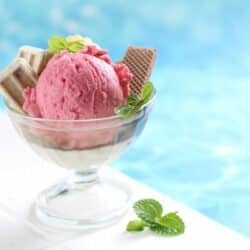
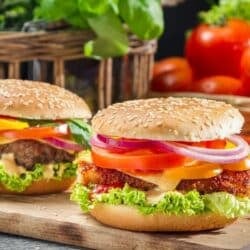








Would these grains and seeds be okay for pre-diabetic, high blood pressure, high cholesterol person. . Now I’ve been told I also have a hiatal hernia. I feel like I can’t win.
Not necessarily as some grains can contribute to blood sugar issues. It’s best to discuss with your doctor.
Thank you very helpful
Thank you I find you are very helpful